How Technology is Tearing Us Apart – And How We Can Stop It
Technology has played a significant and multifaceted role in social division in the United States, acting both as a catalyst for and a reflector of existing societal divides. Here are some key ways in which technology has influenced social division.
Exacerbation of the Class Divide
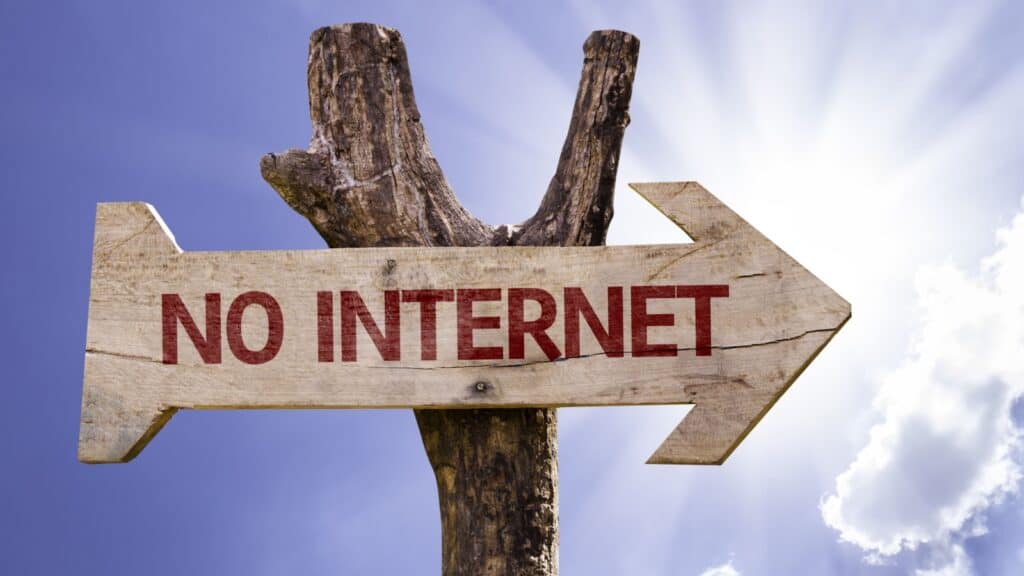
Technology has contributed to widening the class divide, particularly through differential access to digital resources. This phenomenon, often referred to as the “digital divide,” highlights disparities in access to the internet and digital literacy, which can affect economic opportunities and social mobility. The class divide is further exacerbated as those with better access to technology can gain more significant educational and professional advantages.
Political Polarization
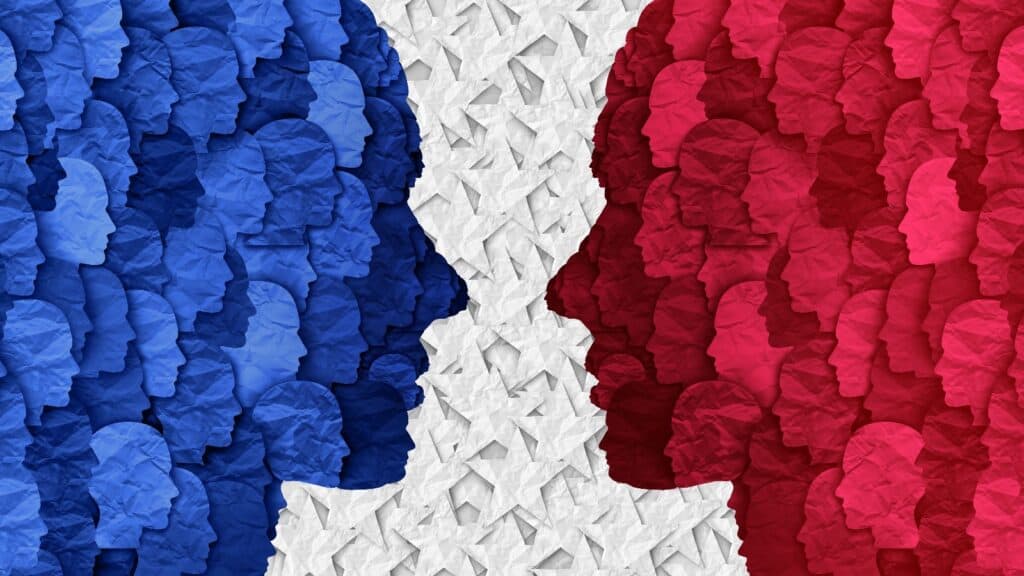
Social media platforms have been implicated in deepening political polarization. They often reinforce existing biases by creating echo chambers where users are exposed primarily to viewpoints that align with their own. This environment can intensify partisan animosity and reduce the exposure to diverse perspectives, which is crucial for healthy democratic discourse.
Racial and Ethnic Divides

Technology also plays a role in racial and ethnic divisions. Different demographic groups may have varying levels of access to technology, which can affect their ability to participate fully in digital and economic life. Moreover, social media can sometimes serve as a platform for spreading racial stereotypes or for organizing events that may exacerbate racial tensions.
Impact on Social Capital

While technology has the potential to build social capital by connecting people, it often tends to create bonding social capital (connections within a group) rather than bridging social capital (connections across different groups). This can lead to strengthened in-group ties at the expense of broader community cohesion.
Misinformation and Disinformation
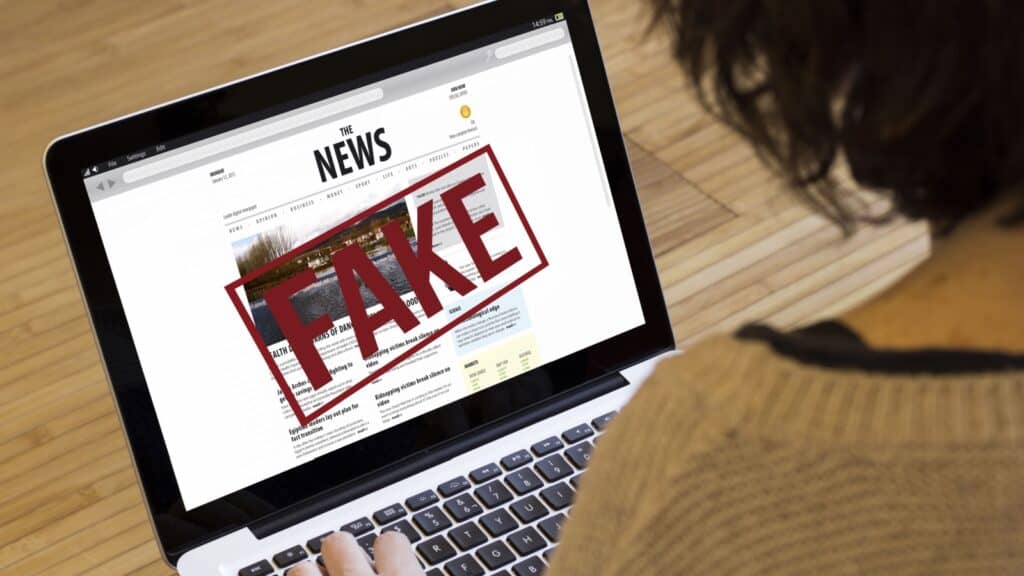
The rapid spread of misinformation and disinformation through digital platforms has significant implications for social division. False information can fuel distrust, create fear, and lead to social unrest. Social media platforms, in particular, have struggled to contain the spread of false information, which can be particularly divisive during critical times such as elections or public health crises.
Economic Globalization and Outsourcing

Technological advancements have facilitated economic globalization, including outsourcing, which can have mixed effects on social divisions. While it may provide economic benefits to some, it can also lead to job losses and economic dislocation for others, contributing to social and economic divides.
Technology Is Complex

Technology’s role in social division is complex and multifaceted. While it offers unprecedented opportunities for connectivity and advancement, it also presents challenges that can exacerbate existing social divisions or create new ones. Addressing these issues requires thoughtful engagement with the ways technology interacts with social structures and proactive measures to ensure that technological benefits are more evenly distributed across society.
Solutions To Address Technology’s Impact

To address the impact of technology on social division in the United States, several potential solutions can be considered. These solutions aim to mitigate the negative effects while enhancing the positive impacts of technology on society. Here are some strategies that work:
Enhancing Digital Literacy and Inclusion
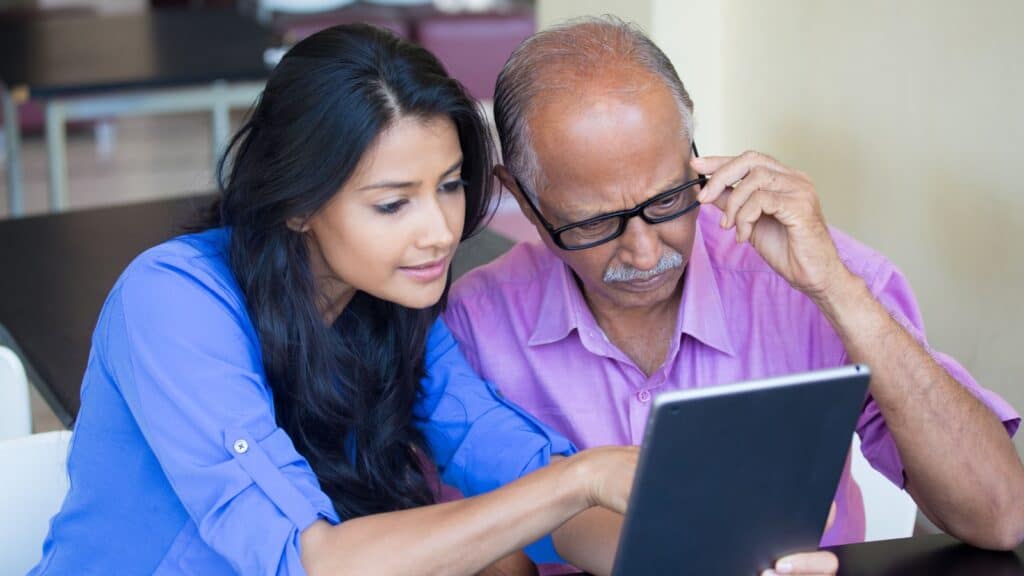
Improving digital literacy is crucial. Programs that educate citizens on how to use technology effectively and safely can help bridge the digital divide. This includes understanding how to discern credible information online, which is vital in combating misinformation. Initiatives like the National Digital Skills Plan in Spain and similar programs in the U.S. aim to develop digital skills across all demographics.
Promoting Equitable Access to Technology

Ensuring that all communities have equal access to technology is essential. This involves both physical access to high-speed internet and affordability of technology. The Infrastructure Investment and Jobs Act, with its allocation of $65 billion for broadband infrastructure, is a step in this direction. Such efforts need to be expanded and targeted especially towards underserved rural and urban communities.
Regulating Social Media Platforms

Regulating platforms to reduce the spread of harmful content and misinformation can decrease social division. This could involve modifying Section 230 of the Communications Decency Act to hold platforms more accountable for the content they promote. Additionally, setting standards for content moderation and transparency in how algorithms promote content can help.
Encouraging Responsible Content Consumption

Educational campaigns that encourage critical thinking and responsible content consumption can empower users to better navigate social media. This involves teaching users to question the source of information and understand the context before sharing content online.
Supporting Community Engagement Initiatives

Strengthening community engagement through technology can help bridge social divides. Programs that use technology to connect different social groups and foster dialogue can enhance mutual understanding and cooperation. Initiatives like the Collaborative Center for Community Engagement at Rutgers University, which connects students to local community projects, are examples of how technology can be used to build social capital.
Fostering Open and Inclusive Technology Development

Promoting the development of open-source software and technologies that prioritize inclusivity can lead to more equitable tech environments. This includes supporting startups and small businesses in technology sectors to ensure a diverse range of innovations and solutions.
Addressing the Needs of Vulnerable Populations

Specific strategies to support vulnerable groups such as the elderly, people with disabilities, and those in economically disadvantaged areas are necessary. This includes tailored educational programs and technology solutions that address their specific needs and challenges.
International and Multistakeholder Collaboration
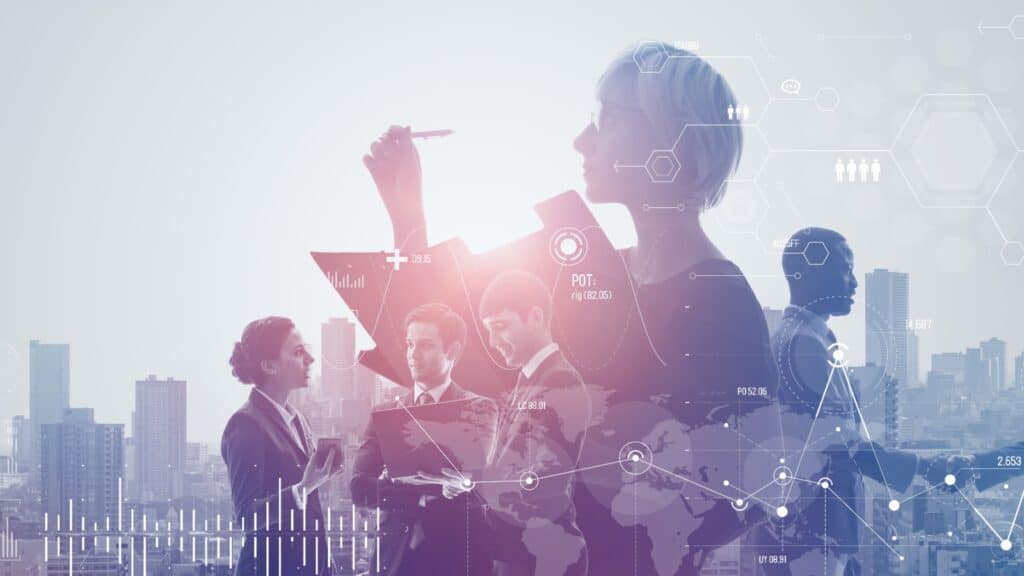
Collaboration between governments, private sector, academia, and civil society can lead to more comprehensive and effective solutions. Initiatives like the Advancing Digital Democracy Initiative by USAID, which aims to foster open and secure digital societies, show the potential of collaborative efforts.
There Is Hope

Implementing these solutions requires a concerted effort from all sectors of society, including government, industry, academia, and civil society. By addressing the root causes of technology-induced social division and enhancing the positive impacts of technology, it is possible to foster a more inclusive and united society.
Why Personal Photos On Your Phone Screen Can Pose Security Risks

We live in a digital age, and while it can offer convenience, we have to be mindful of what we share, for personal security’s sake. Our smartphones, for instance, have become more than just devices; they are extensions of our identities. It’s not uncommon to see individuals customizing their phones with personal photos as wallpapers. While this may seem like a harmless way to express oneself, it can inadvertently expose users to various privacy and security risks. In this article, we explain why setting a personal photo as your phone screen might not be the wisest decision, and we offer alternative solutions to mitigate these risks. READ: Why Personal Photos On Your Phone Screen Can Pose Security Risks
How To Safeguard Your Identity Using RFID Protection

We’ve all read those stories or seen the news videos about someone who lost their entire life’s savings because a thief scanned their credit card or bank card that was in their wallet or back pocket. How does this happen and how do you avoid this? Read: How To Safeguard Your Identity Using RFID Protection
Join Us

Join us on this empowering journey as we explore, celebrate, and elevate “her story.” The Queen Zone is not just a platform; it’s a community where women from all walks of life can come together, share their experiences, and inspire one another. Welcome to a space where the female experience takes center stage. Sign up for our newsletter so you don’t miss a thing, Queen!






